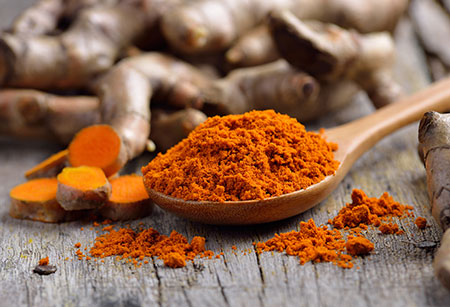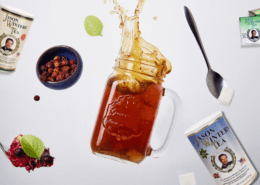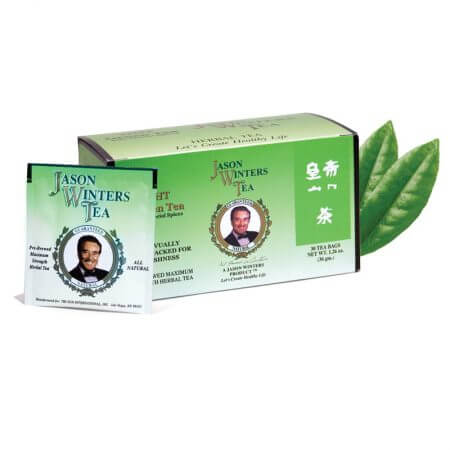Can All Natural Herbs Fight Cancer?
You’ve probably heard about all of the health benefits of green tea herbs and supplements as potential treatments or preventatives for cancer. Interest in herbal medicines have enjoyed a widespread resurgence because of rising health costs and the incidence of cancers and other illnesses. Today, doctors and researchers are conducting studies looking into the potential of herbs to help lessen the risk of cancer and enhance overall quality of life.
Because plants have thousands of individual constituents (phytocompounds) and because they work in harmony with the body, doctors and researchers have recognized herbs as effective complementary treatments for cancer and other health issues. There are currently over 1,400 plants that have traditionally been used to treat various forms of cancer. Below are featured some of the herbs you will find within Sir Jason Winters teas and supplements along with some case studies that have been cited for potential health benefits.
Green Tea

Within green tea or Camellia sinensis, for example, the polyphenolic compounds such as epigallocathechin-3-gallate have been shown to act as powerful antioxidants and increased detoxification within the body.
One such study (Click here to read the survey ) published by a group of researchers within the Department of Oncology, Rehabilitation Institute at the Shanghai Seventh People’s Hospital in Shanghai, China, (2015) found that these polyphenols were found to reduce the risk of cancer in the lungs, liver, intestines and in particular, cancers in the mouth. The same study indicated that these polyphenols may also cause the shrinkage and apoptosis or the programmed death of certain types of cancer cells.
Chaparral

Red Clover

According to a research team at the Department of Endocrinology and Internal Medicine at Aarhus University Hospital in Aarhus, Denmark (Click here to read the survey), red clover contains isoflavones, probiotics, flavonoids, phenolic acids which include salicylic acid. The flavonoids that are contained within the flowers and leaves of red clover contain phytoestrogens and were found to be extremely beneficial for women in treating menstrual, menopausal, and other estrogen related health complaints. Test subjects who participated in the study had noted little to no side effects.
Ginger

Turmeric

As you can see, herbs and spices can improve the flavor and aroma of our food and drinks. Since before recorded history, herbs and spices have been used to heal and relieve pain. Today we have access to a wide variety of herbs and spices from around the world that can be used to enhance our daily life by making us feel better.
Resources
Chevallier, Andrew. Encyclopedia of Medicinal Plants. N.p.: n.p., n.d. Print. p. 275
Hoffmann, David. Medical Herbalism: The Science and Practice of Herbal Medicine. Rochester, VT: Healing Arts, 2003. Print. p. 159 – 167
https://www.cancer.gov/about-cancer/causes-prevention/risk/diet/tea-fact-sheet
https://www.ncbi.nlm.nih.gov/pmc/articles/PMC4827078/
http://news.bbc.co.uk/2/hi/health/3555566.stm – Ancient Remedy Shrinks Cancer, Wednesday, August 11. 2004
European Journal of Cancer Prevention, 2015, Vol 24, No. 4
“Tea consumption and the incidence of cancer: A systematic review of prospective observational studies” by Yu Fei Zhang, Qin Xu, Jian Lu, Peng Wang, Hong-Wei Zhang, Li Zhou, Xiu-Qiang Ma, and Yu-Hao Zhou (https://docksci.com/tea-consumption-and-the-incidence-of-cancer-a-systematic-review-and-meta-analysi_5a83ef70d64ab2ecfc3b72fb.html )
https://www.researchgate.net/profile/Robert_Donnell/
https://www.ncbi.nlm.nih.gov/pubmed/12519715
https://www.hindawi.com/journals/ecam/2013/302426/
https://www.sciencedirect.com/science/article/pii/S0955286307002689















